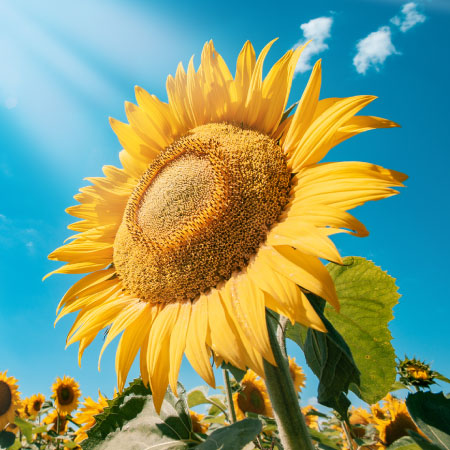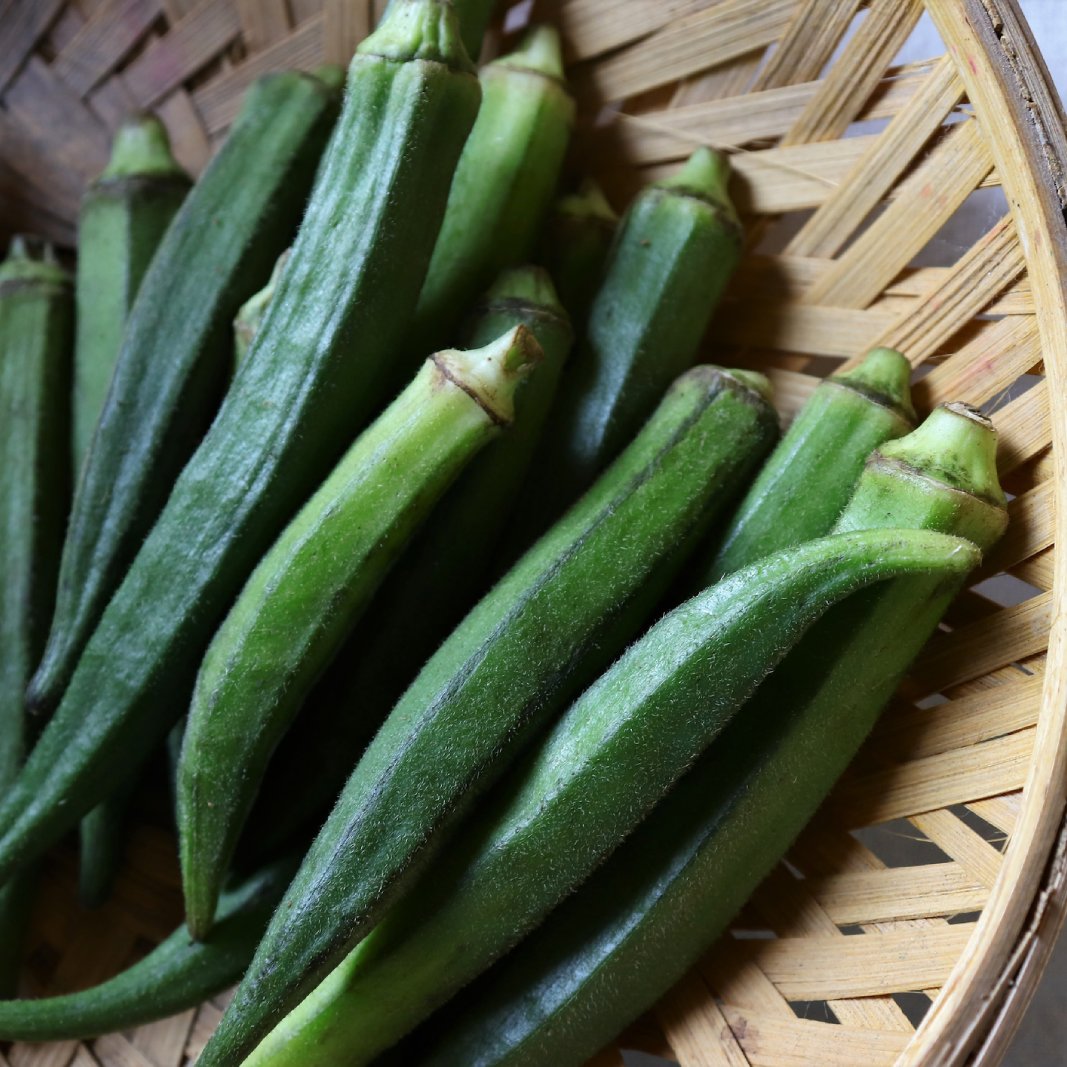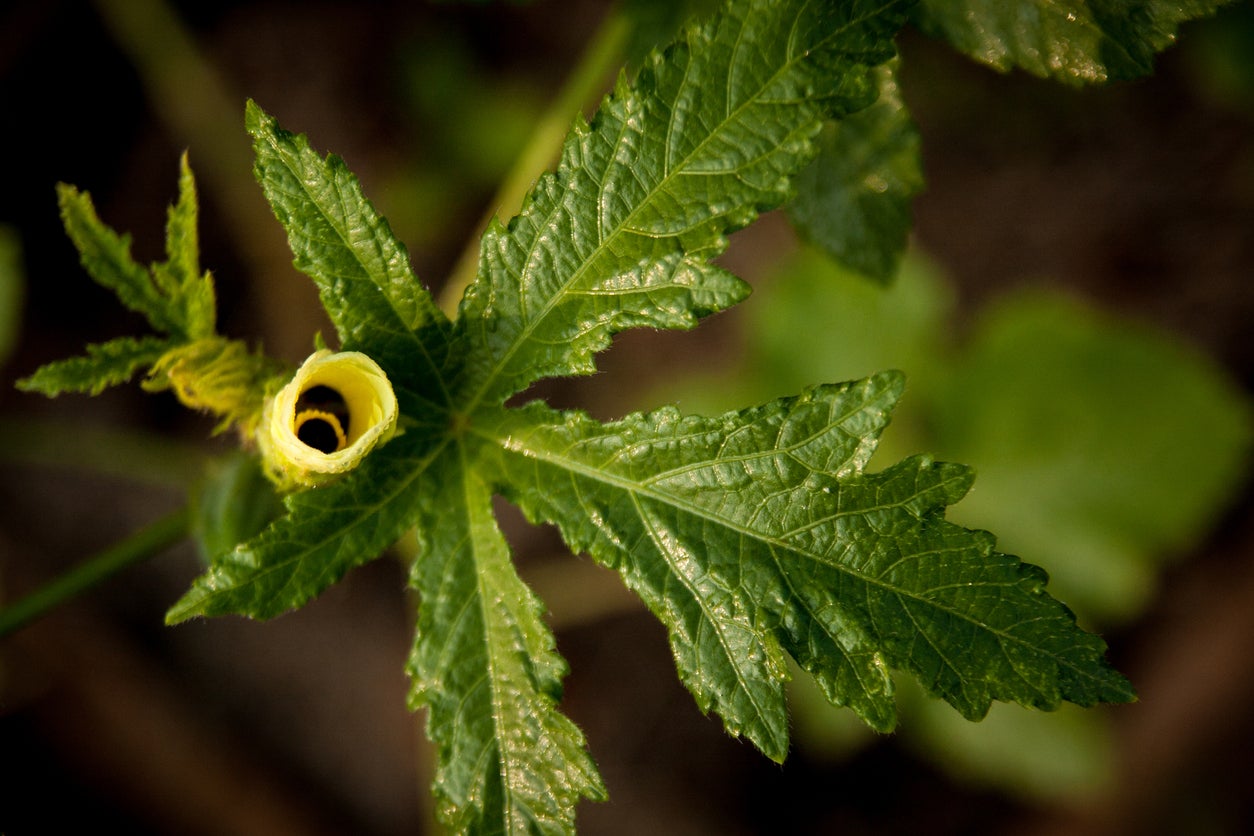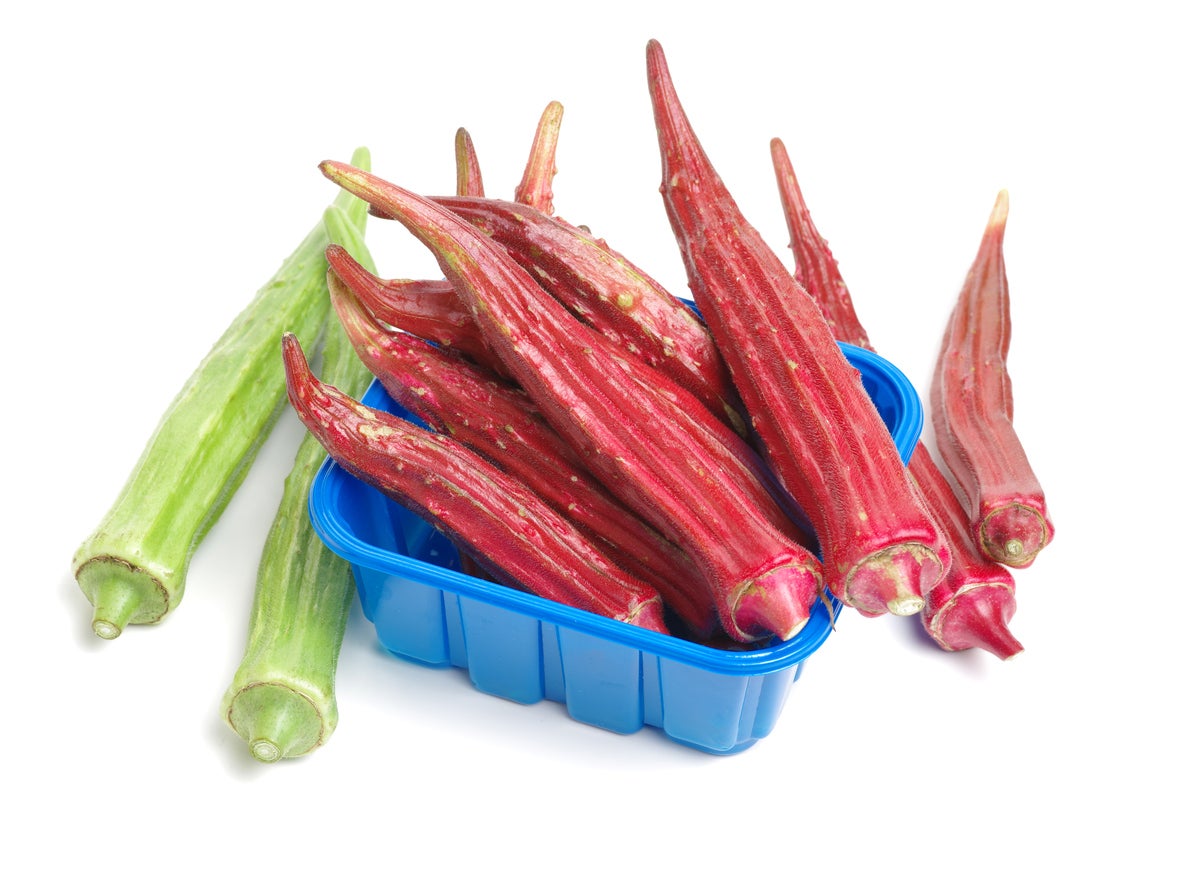Planting Okra: How To Grow Okra


Okra (Abelmoschus esculentus) is a wonderful vegetable used in all sorts of soups and stews. It is versatile, but not a lot of people actually grow it. There's no reason not to add this vegetable to your garden because of its many uses.
How to Grow Okra
If you're thinking about planting okra, remember that it's a warm season crop. Growing okra requires a lot of sunshine, so find a place in your garden that doesn't get much shade. Also, when planting okra, be sure there is good drainage in your garden.
When you prepare your garden area for planting okra, add 2 to 3 pounds (.9-.36 kg.) of fertilizer for every 100 square feet (9.2 m2) of garden space. Work the fertilizer into the ground about 3 to 5 inches (8-13 cm.) deep. This will allow your growing okra the most chance at absorbing nutrients.
The first thing is to prepare the soil well. After fertilization, rake the soil to remove all rocks and sticks. Work the soil well, about 10 to 15 inches (25-38 cm.) deep, so the plants can get the most nutrients from the soil around their roots.
The best time when to plant okra is about two to three weeks after the chance of frost has passed. Okra should be planted about 1 to 2 inches (2.5-5 cm.) apart in a row.
Caring for Growing Okra Plants
Once your growing okra is up and out of the ground, thin the plants to about 1 foot (31 cm.) apart. When you plant the okra, it may be helpful to plant it in shifts so that you can get an even flow of ripe crops throughout the summer.
Water the plants every seven to ten days. The plants can handle dry conditions, but regular water is definitely beneficial. Carefully remove grass and weeds around your growing okra plants.
Gardening tips, videos, info and more delivered right to your inbox!
Sign up for the Gardening Know How newsletter today and receive a free copy of our e-book "How to Grow Delicious Tomatoes".
Harvesting Okra
When growing okra, pods will be ready for harvest at about two months from planting. After harvesting okra, store the pods in the refrigerator for later use, or you can blanch and freeze them for stews and soups.

Kathee Mierzejewski was with Gardening Know How in the very beginning, writing many of the site's foundational articles.
-
 Looking For Plants To Give You The Soft And Fuzzies? Try These 5 Fuzzy Leaf Plant Options
Looking For Plants To Give You The Soft And Fuzzies? Try These 5 Fuzzy Leaf Plant OptionsLovers of texture, drama, silver foliage and tactile plants will adore these special sensory garden additions. These fuzzy leaf plant options will leave you all aglow
By Susan Albert
-
 Get Ready For A Summer Of Hummers! Grow These Full Sun Hummingbird Plants and Flowers
Get Ready For A Summer Of Hummers! Grow These Full Sun Hummingbird Plants and FlowersIf you’re lucky enough to enjoy a sunny backyard, make sure you are maxing out on your pollinator opportunities and grow these full sun hummingbird plants and flowers
By Tonya Barnett
-
 How To Store Okra After Picking
How To Store Okra After PickingLearn how to store fresh okra for up to a year by canning or freezing the harvest. For short-term storage it can go in the refrigerator for two or three days.
By Susan Albert
-
 Edible Okra Leaves – Can You Eat The Leaves Of Okra
Edible Okra Leaves – Can You Eat The Leaves Of OkraMany northerners may not have tried it, but okra is quintessentially southern and linked to the cuisine of the region. Even so, many southerners typically just use the okra pods in their dishes, but what about eating the okra leaves? Can you eat the leaves of okra? Find out here.
By Amy Grant
-
 Okra Plant Varieties: Learn About Different Types Of Okra Plants
Okra Plant Varieties: Learn About Different Types Of Okra PlantsBy Teo Spengler
-
Okra Charcoal Rot Information: Learn About Treating Okra Charcoal Rot
Charcoal rot can be a devastating disease for a number of crops, causing rot in the roots and stems, inhibiting growth, and lowering yield. Charcoal rot of okra has the potential to wipe out that section of your garden and even infect other vegetables. Learn more here.
By Mary Ellen Ellis
-
Treating Blight On Okra Plants: Recognizing Southern Blight In Okra Crops
There are times when even the most ardent lover of okra is left with a bad taste in their mouth – and that is when there is blight on okra plants in the garden. Just what is okra southern blight and how do you treat okra with southern blight? Click here to find out.
By Shelley Pierce
-
Cotton Root Rot Of Okra: Managing Okra With Texas Root Rot
Cotton root rot of okra, is a nasty fungal disease that attacks many species of plants. The disease, which favors highly alkaline soils and hot summers, is limited to the Southwestern United States. Learn what you can do about okra with Texas root rot in this article.
By Mary H. Dyer
-
 My Okra Flowers Are Falling Off: Reasons For Okra Blossom Drop
My Okra Flowers Are Falling Off: Reasons For Okra Blossom DropOkra is a beloved vegetable, partly because it can live and produce happily even in extreme heat. Because it's usually so reliable, it can be especially frustrating if your okra plant doesn't produce like it should. One such problem is okra blossom drop. Learn more here.
By Liz Baessler
-
 Nematode Okra Problems – Treating Okra With Root Knot Nematodes
Nematode Okra Problems – Treating Okra With Root Knot NematodesSouthern Americans are not the only ones who love their okra; okra root knot nematodes have a penchant for it as well. Okra with root knot nematodes can cause serious losses. How can root knot nematodes on okra be managed? This article can help with that.
By Amy Grant